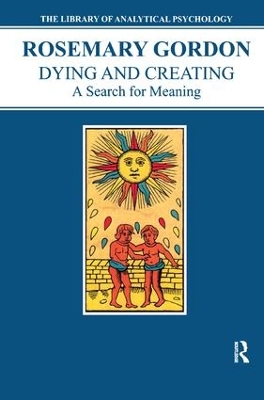The Library of Analytical Psychology
1 total work
Dying and creating or, could we put it the other way round, creating and dying? Rosemary Gordon has chosen the first, the challenging title and the one that stimulates the reader to find out how they inter-relate. There are essential links between the facts and the concepts. C. G. Jung devoted much attention to the psychology of death, re-birth and transformation: the author acknowledges her debt to him, to his creative spirit and to the depth of his understanding. As she is a working analytical psychologist, much of the material in her. But she is also a theorist: the human and the academic come together.Many Westerners in the course of their daily lives conceal their fears of death and so they deprive themselves of the possibility of getting into touch with the hidden sources of creativeness. Patients in analysis communicate some of their deepest feelings and thoughts about preparing for death, and grieving, and dying: Dr. Gordon shows implicitly in her book how the creative analyst enables understanding to grow, when symbolization and creativeness are no longer hindered by paralyzing fears. She suggests convincingly that there exists an interaction between various psychopathological states of mind on the one hand, and a person's relation to dying and to the creative processes, on the other.This book contains a discussion in depth of the psychology of these processes, and of symbolizing. The philosophy of art is also shown by Rosemary Gordon to play an important part in working out links between dying and creating.
